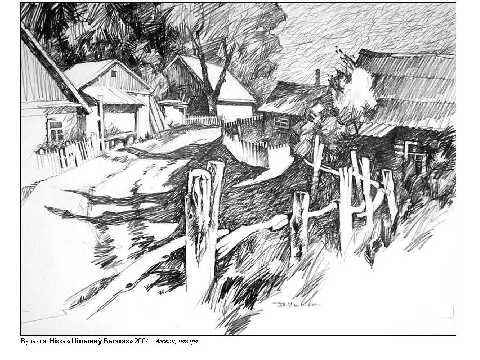Vaslj Bika Nezagojnaya Rana Sachinenne

1,425 Followers, 7,500 Following, 43 Posts - See Instagram photos and videos from Bika Rana (@bika_rana_).
Rana Niejta in a park in in the municipality of in Rana Niejta and Rana Niejte are names on a goddess in. In she is called Rana Neida and Rana Neide (names in other Sami languages are Rana Nieda, Ruona Neida, Radien-neide and Blende). Rana Niejta is the goddess for spring and fertility. The literal translation of the name Rana is «the green» or «the green, fertile fields». The name Rana Niejta can freely be translated as «the daughter of earth».
According to Sami mythology, she made the mountains turned southwards green, so that hungry reindeer had enough food. Bronze statue showing Rana Niejta in Some also consider her name as the origin of the name of the municipality of in.
In 1971, a bronze statue depicting Rana-Niejta was raised in the park beneath the shopping centre LA Meyer in. The statue was made by the artist, and financed by Den Norske Bank (DNB, «The Norwegian Bank») in 1970 in connection with its 25-years anniversary. Keygen. It was delivered to Rana municipality on November 19, 1970. In 2003, a similar statue was moved from DNB to Nordlandsbanken («Bank of Nordland») in Rana after the process of amalgamating the two banks. References [ ].
खस/खसिया/पर्वतिया/पर्वते/पहाडी Regions with significant populations Languages and regional dialects (e.g. ) in; and in, dialects in Religion Related ethnic groups,,, Khas people (: खस) also called Khas Arya (: खस आर्य) are an native to the, what is now present-day as well as, and regions of. The Khas people speak the. They were also known as Parbatiyas, Parbates and Paharis. The term Khas has now become obsolete, as the Khas people have adopted other identities such as and, because of the negative stereotypes associated with the term Khas.
Contents • • • • • • • • • • • • • • • • Origin [ ] They have been connected to the mentioned in the ancient Hindu literature. Historian Bal Krishna Sharma and speculates that the Khas people were of.

Historian speculates that Khas are a sub-clan of Aiḍa, an clan originated at Idavritt (modern day ). Khas were living in the Idavaritt in the 3rd millennium B.C.E. And the original meaning of the term Khas was or ( Yoddha).
He further speculates that Kashmir has been named from its local residents Khas as Khasmir. In the 2nd millennium B.C.E., one group of Khas migrated towards while the other group migrated east of settling only in the hill regions up to.
Historian Balkrishna Pokhrel contends that Khas were not the but of latter period like the,,,. He further asserts that post-Vedic Aryans were akin to Vedic Aryans in terms of and culture. Khas girl in 1900s Khas are believed to have arrived in the western reaches of Nepal at the beginning of first-millennium B.C. Or middle of first-millennium A.D. From the north-west. It is likely that they absorbed people from different ethnic groups during this immigration. They have been connected to the medieval.
To 8:00 p.m., E.T. The Product covered by this Limited Warranty will be exchanged or repaired by Canon or an authorized service provider (the 'Service Provider'). Driver solution x100c manual. To arrange for service for the Product under warranty, please call: In the United States: Your local Service Provider; or call 1-800-423-2366, Monday through Friday from 8:00 a.m. To 8:00 p.m., E.T. In Canada: Your local Service Provider; or call 1-800-OK-CANON, Monday through Friday from 9:00 a.m.
In the initial phase, majority of Khas people became and others became. Traditionally, the Khas were divided into 'Khas ' (also called ) and 'Khas ' (also called ). In the and regions of Uttarakhand in India, the Khas Brahmins and Khas Rajputs had a lower social status than the other Brahmins and Rajputs. However, in present-day western Nepal, they had the same status as the other Brahmins and Rajputs, possibly as a result of their political power in the Khasa Malla kingdom. Copper Inscription by King of, Raika Mandhata Shahi at 1612 (शाके १६१२) (or 1747 ) in old using script Until the 19th century, the referred to their country as Khas Desh (Khas country).
As they annexed the various neighbouring countries (such as Newar of the ) to the Gorkha kingdom, the terms such as Khas and Newar ceased to be used as the names of countries. The 1854 legal code ( Muluki Ain), promulgated by the Nepali Prime Minister, himself a Khas, no longer referred to Khas as a country, rather as a (species or community) within the Gorkha kingdom. The of the Gorkha Kingdom, as well as the succeeding, spoke the (now called the Nepali language).